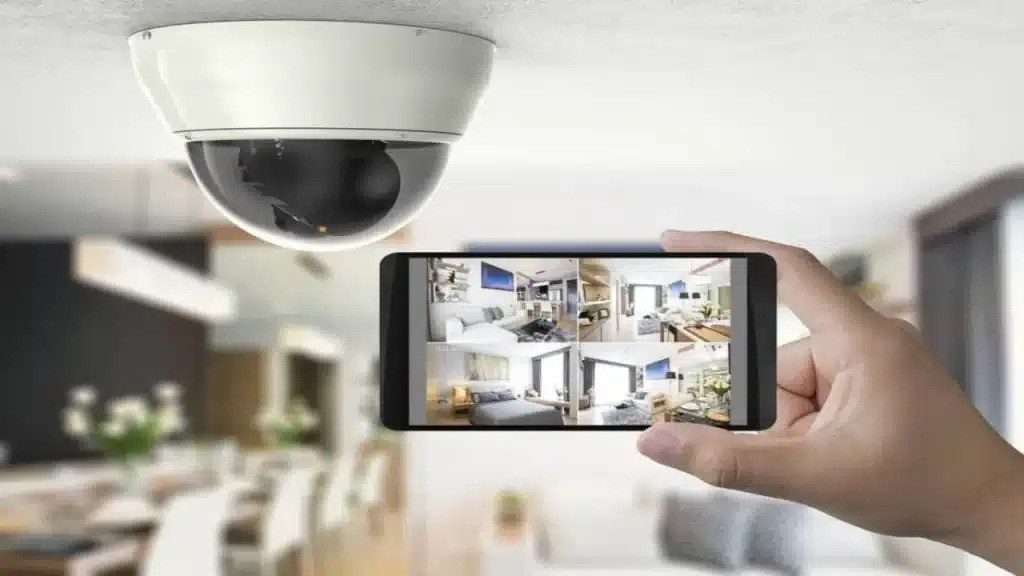In today’s world, where security concerns are increasingly at the forefront of property owners’ minds, the effectiveness of a security system largely hinges on the capabilities of its cameras. One critical aspect of a security camera’s functionality is its field of view, which determines how wide an area the camera can monitor.
This article explores the various factors influencing the field of view in security cameras, particularly focusing on how wide a security camera can see, while integrating key concepts related to “Outdoor Surveillance Cameras” and insights into the operations of a “Security Camera Company in Canada.”
Understanding Field of View
The field of view (FoV) of a security camera is the observable area that the camera can capture at any given moment. This is determined by several factors including the camera’s lens size, the sensor type, and its placement.
The lens focal length, measured in millimeters, is inversely proportional to the angle of view: shorter focal lengths provide a wider view, while longer focal lengths offer a narrower but closer view of distant objects.
Types of Lenses and Their Impact
Security cameras come with various types of lenses that influence how wide they can see. The most common types include fixed, varifocal, and panoramic lenses:
- Fixed Lenses: These lenses have a preset field of view that does not adjust. They are typically used in environments where the surveillance area is specific and constant.
- Varifocal Lenses: Offering more flexibility, varifocal lenses allow the field of view to be adjusted manually or automatically, making it easier to cover larger areas or focus on specific details when needed.
- Panoramic Lenses: These provide the widest field of view. Some cameras equipped with panoramic lenses can cover a 360-degree view, ideal for monitoring large outdoor areas without blind spots.
Technological Enhancements
Advancements in camera technology have also expanded the potential field of view. Technologies such as wide dynamic range and fisheye lenses have been developed to enhance the width and quality of the footage captured, ensuring comprehensive coverage and clearer images even in varying light conditions.
Installation and Placement
The effectiveness of a security camera’s field of view also heavily depends on its placement. Cameras should be strategically positioned to maximize area coverage and minimize blind spots. The height and angle at which cameras are mounted can significantly affect the observable area.
Proper installation by a professional “Security Camera Company in Canada” ensures that the cameras are optimally positioned for the widest and most effective coverage.
Case Studies: Outdoor Surveillance Cameras
In the realm of “Outdoor Surveillance Cameras,” the choice of camera and its setup varies based on the location’s specifics. For instance, cameras used in parking lots or large commercial estates are equipped with different capabilities than those used in residential settings.
Wide-angle cameras are often preferred in these scenarios to monitor expansive areas with a single device.
Security Considerations
While a wider field of view allows for extensive area coverage, it also presents certain security considerations such as the potential for lower resolution at the peripheries of the coverage area and the need for more sophisticated data management strategies. Balancing these factors is crucial for effective surveillance.
Conclusion
The width of the field of view that a security camera can provide is a fundamental characteristic that affects the camera’s utility in any security system. From lens type to technological enhancements and strategic placement, several factors play into how effectively a camera can monitor an area. When planning security for any property, consulting with a seasoned “Security Camera Company in Canada” can ensure that the chosen system meets the specific needs of the space, providing optimal surveillance and peace of mind.
Future Trends
Looking ahead, innovations in camera technology and artificial intelligence are expected to further enhance how security cameras interpret and manage the visuals they capture. These advancements will likely redefine the capabilities of security systems, making them even more integral to modern security strategies.

As the editor of the blog, She curate insightful content that sparks curiosity and fosters learning. With a passion for storytelling and a keen eye for detail, she strive to bring diverse perspectives and engaging narratives to readers, ensuring every piece informs, inspires, and enriches.










